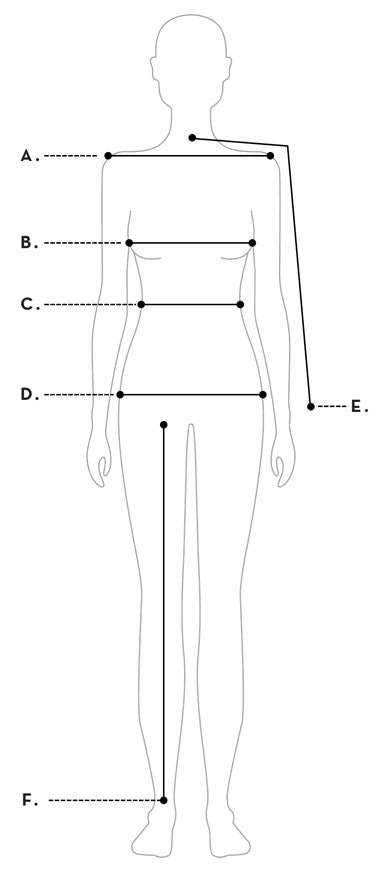
Photos courtesy of the Women’s Alzheimer’s Movement at Cleveland Clinic
Women’s Alzheimer’s Movement at Cleveland Clinic
Guide: Alzheimer’s or Aging?The Signs
Typical aging may look like: Occasionally needing to pause to find the words you’re searching for.
Talk to your doctor if: You are reluctant to talk with friends or family because coming up with the words is challenging.
Typical aging may look like: At times misplacing items like your keys, glasses or a book.
Talk to your doctor if: You begin to misplace items with increasing frequency.
Typical aging may look like: Forgetting you had an appointment, but then remembering it later.
Talk to your doctor if: You regularly forget appointments or having specific conversations.
Typical aging may look like: Struggling to remember the name of someone you just met.
Talk to your doctor if: You forget the names of close friends and/or family members.
Typical aging may look like: Becoming irritable or anxious if your routine is interrupted; wanting to be less social.
Talk to your doctor if: You start having unwarranted emotional outbursts.
Women in their 60s are 2x more likely to develop Alzheimer's than breast cancer.
Typical aging may look like: You’re a little slower at processing information when making decisions.
Talk to your doctor if: You notice you have a hard time making decisions or problem solving.
Typical aging may look like: Occasionally forgetting to pay a bill or to take your medication.
Talk to your doctor if: Tasks like paying bills, driving, cleaning or shopping become a challenge to complete.
Typical aging may look like: Walking into a room and forgetting why.
Talk to your doctor if: You lose focus easily, or are easily distracted.
Typical aging may look like: Forgetting what day of the week it is, but then remembering.
Talk to your doctor if: You struggle to remember what year it is, or start losing sense of the passage of time.
Typical aging may look like: Forgetting to invite a certain friend or relative to a family gathering.
Talk to your doctor if: Planning a family gathering becomes confusing or overwhelming.


